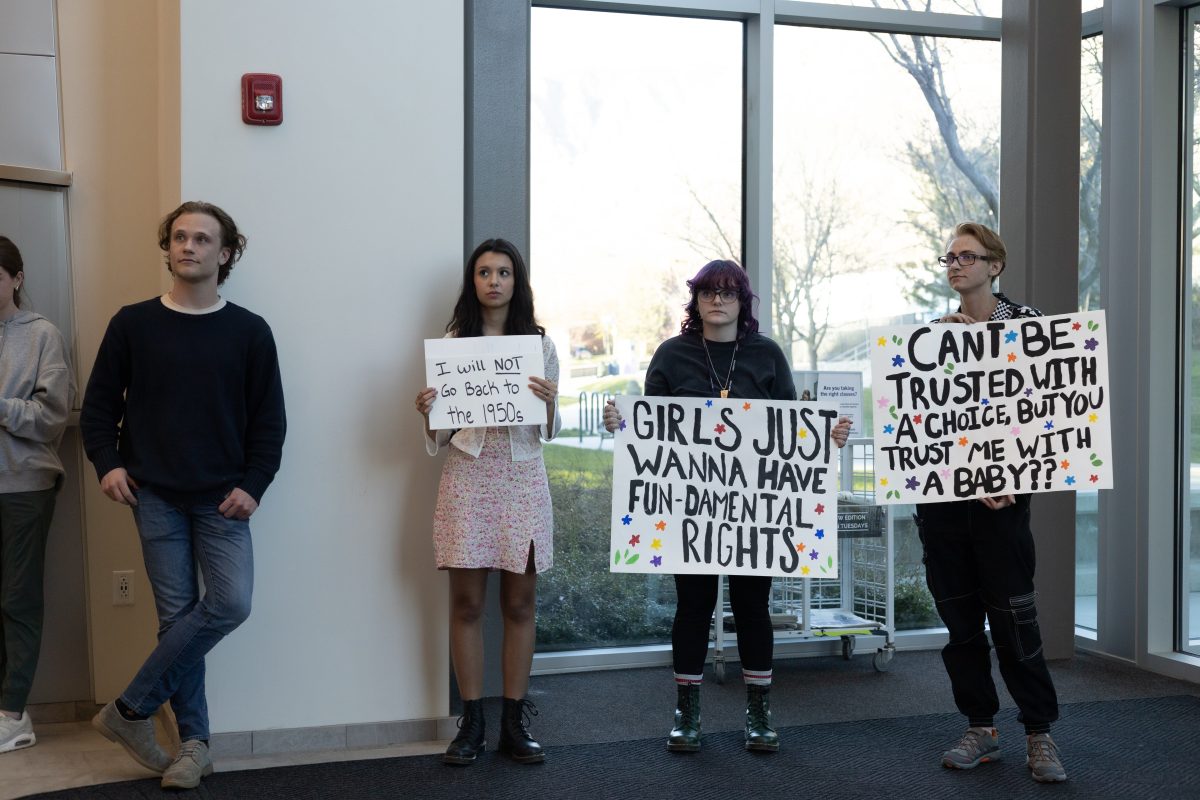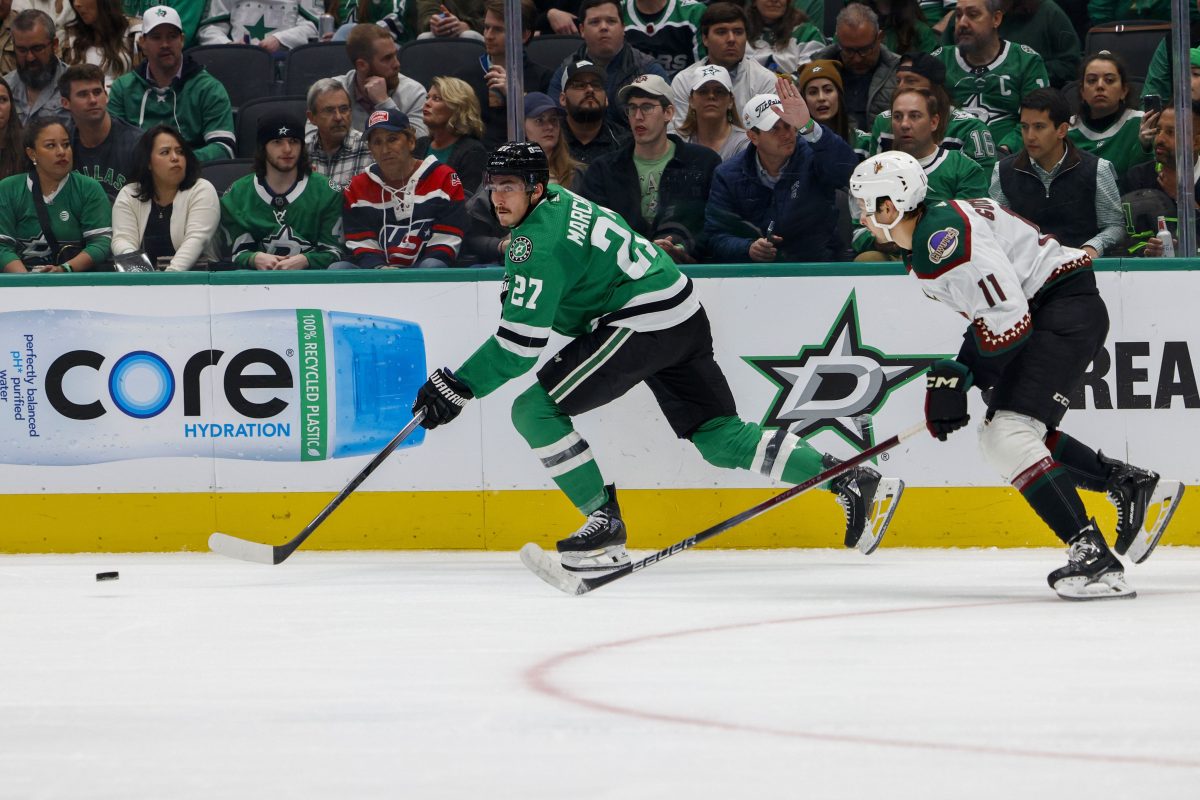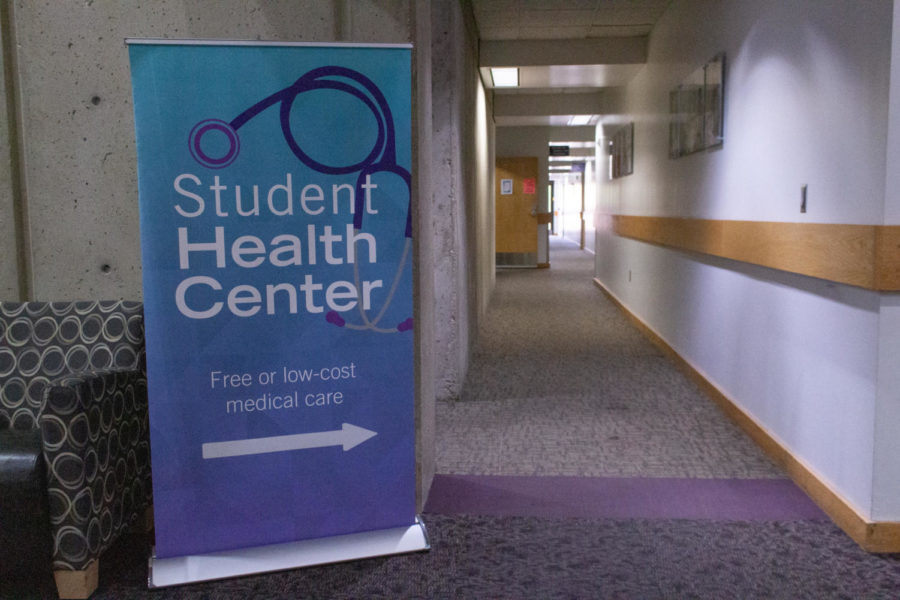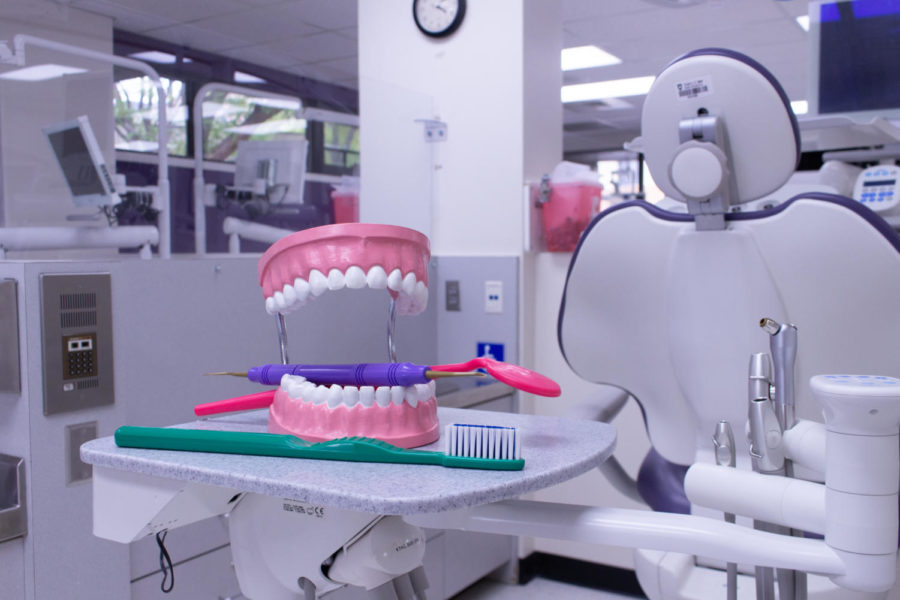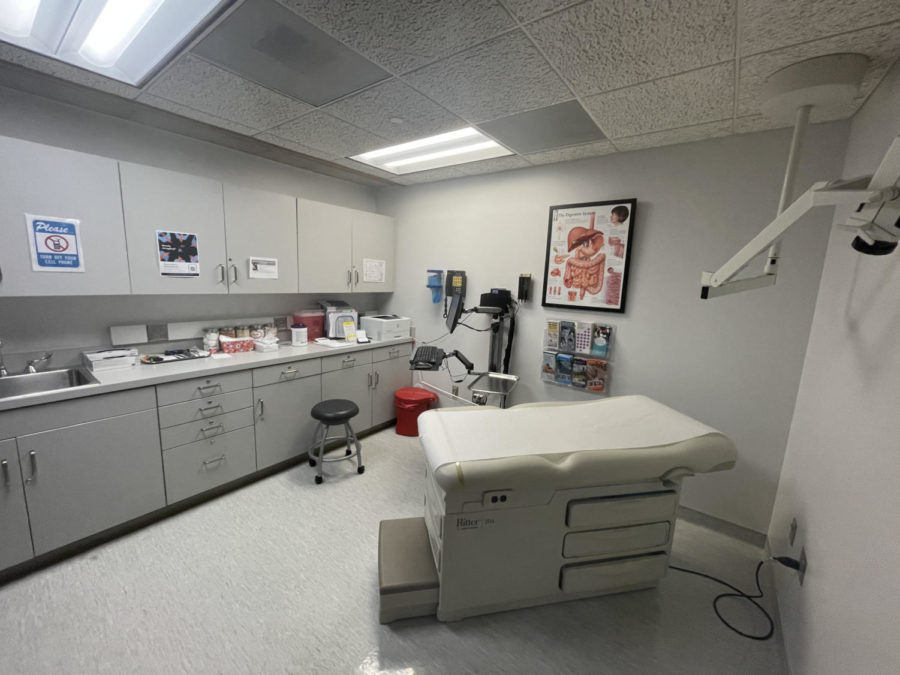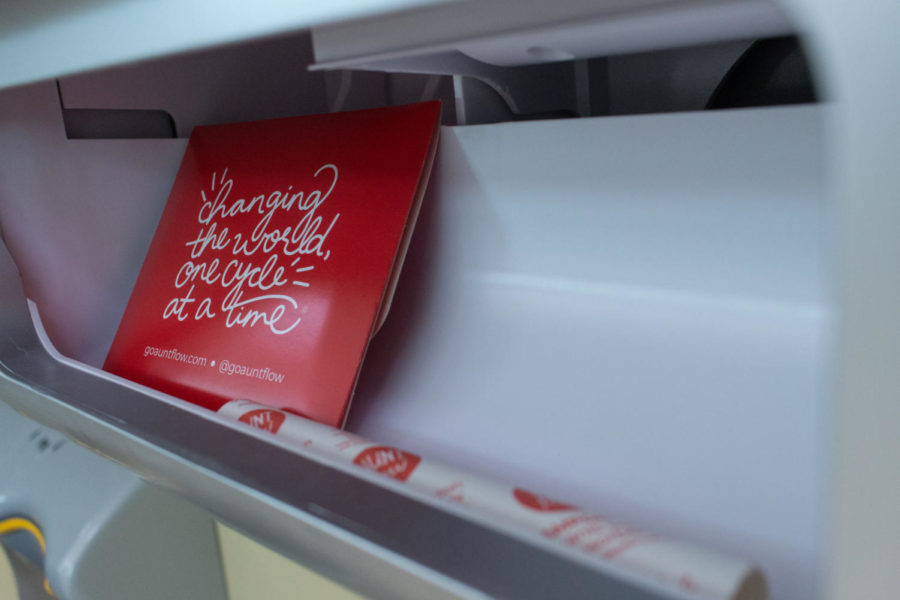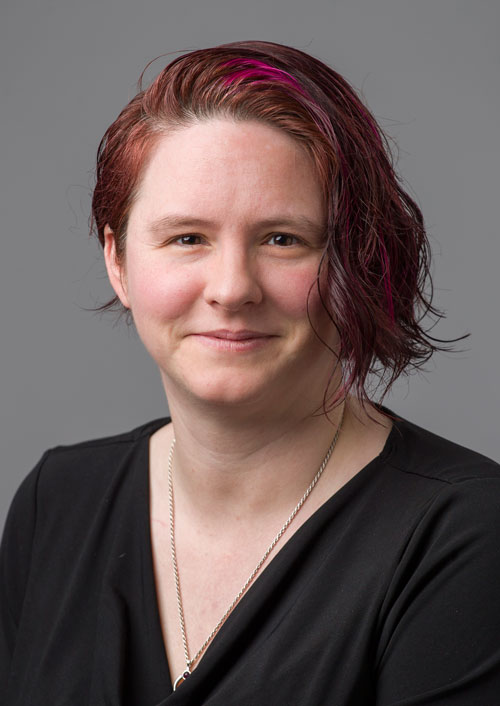
A small, oval-shaped scar on Weber State University student Ashlee Karpowitz’s nose serves as a reminder of her battle with skin cancer.
“I had a scab, right there, that just wouldn’t go away,” she said, pointing at the scar. “I would pick it off and it would just come back.”
Karpowitz said she was too young to understand what was happening.
“I was scared,” she said. “My parents were trying to be calm about it, but I could tell that my mom was really worried, and that scared me even more.”
The scab turned out to be basal cell carcinoma, one of three serious forms of skin cancer. Doctors said it was the result of spending too much time in the sun. Karpowitz was only 9 years old at the time.
“A couple months after I went to the doctor, (they) removed it,” Karpowitz said. “They took it out and then I had to have reconstructive surgery on my nose. I was the youngest patient he had seen with skin cancer.”
According to Marilee Rohan, APN-C at the WSU Health Center, the three types of skin cancers are based on the types of cells that become malignant.
“The most concerning would be basal cell carcinoma, squamous cell carcinoma and melanoma,” Rohan said. “BCC usually occurs on skin most exposed to the sun and most likely to burn: the nose, face, tops of ears and back of hands. SCC also occurs on skin most often exposed to excessive amounts of sun. Melanoma usually appears on parts of the body not exposed to the sun.”
Even though melanoma doesn’t often appear on exposed skin, it can be a consequence of excessive sun exposure or tanning. Rohan said melanoma is the rarest form of skin cancer, but accounts for the majority of skin cancer deaths — about 8,600 Americans annually.
The Discovery Health Institute reported that when skin is exposed to ultraviolet light from sunlight or tanning beds, small pigments in the skin begin a chemical reaction. This reaction initiates the production of darker skin pigments called melanin.
Melanin takes longer to build up in Caucasians than it does in darker-skinned races. However, regardless of race, it can take multiple tanning sessions in the sun before enough melanin is produced to create a tan. Because of this, many people resort to tanning beds.
Studies at the American Skin Foundation have shown that those who use a tanning bed before the age of 35 increase their chances of getting skin cancer by 75 percent.
Rohan does not recommend using tanning facilities, but suggested that those who insist on tanning cut the manufacturer’s recommended tanning time in half.
“UV radiation (from tanning beds) is equivalent to sunshine at tropical latitudes,” Rohan said.
In a typical summer day, according to the National Weather Service, the UV index from the sun at the equator is 12.7, and in Ogden it is 8.6. This means the amount of UV light emitted from tanning beds is nearly double the amount received from simply standing outside.
Karpowitz said it’s difficult for her to know others still go tanning even after sharing her experience with them.
“My best friend has a tanning bed in her house, and we’ve been best friends forever and she knows that I hate it,” she said. “We don’t really talk about it anymore because it’s a sore subject.”
Having had skin cancer at such a young age makes Karpowitz more susceptible to another occurrence of it.
“Every single year, I go back for a full-body skin cancer check,” she said. “I have to put on these little paper shorts and a paper shirt. It’s real embarrassing. But I’m very diligent with sunscreen and taking care of myself now.”
When one is outside for long periods, Rohan suggests using a sunscreen with UVA and UVB protection. This protects against the two types of UV light, long-waved light (UVA) and short-waved light (UVB).
“Ideally we should get just enough sun to improve our Vitamin D levels to be healthy,” she said.
Being healthy is something Karpowitz said she doesn’t take for granted.
“(Cancer) has been a good thing in my life,” she said. “It’s not something I’m like, ‘I can’t believe that happened to me’. It was hard when I was little, but I look at is as a way to help other people now.”



